When it comes to designing or renovating a kitchen, one of the key elements is the kitchen sink. It not only serves as a functional space for washing dishes and food, but it also adds to the overall aesthetic of the kitchen. However, choosing the right kitchen sink can be overwhelming, especially when it comes to the measurements. In this article, we will discuss the top 10 measurements you need to know for a kitchen sink.Standard Kitchen Sink Measurements
Before we dive into the specific measurements, it is important to know how to properly measure a kitchen sink. Start by measuring the length and width of the sink from edge to edge. Next, measure the depth of the sink from the top of the rim to the bottom of the basin. Make sure to measure both the length and width of the basin as well. These measurements will help you determine the size and type of kitchen sink that will fit in your space.How to Measure a Kitchen Sink
The average kitchen sink dimensions can vary, but the most commonly used size for a kitchen sink is 22 inches by 30 inches. The depth of the sink usually ranges from 6 to 12 inches. These measurements are for a single basin sink, but for a double basin sink, the average size is 33 inches by 22 inches with a depth of 8 inches for each basin.Average Kitchen Sink Dimensions
If you are replacing an old kitchen sink or installing a new one, it is important to measure the existing cutout in your countertop. This will determine the maximum size of the sink you can install. Measure the length and width of the cutout and make sure to leave enough space around the edges for the sink to fit properly.Measuring for a New Kitchen Sink
A drop-in kitchen sink, also known as a top-mount sink, is one of the most common types of sinks. To measure for a drop-in sink, place the sink upside down on the countertop and trace the outline with a pencil. Make sure to leave a gap of at least 1 inch around the edges for the sink to fit properly. Measure the length and width of the traced outline to determine the size of the sink you need.How to Measure for a Drop-In Kitchen Sink
An undermount kitchen sink is installed below the countertop, giving a seamless look to the kitchen. To measure for this type of sink, place the sink upside down on the countertop and trace the outline with a pencil. Make sure to leave a gap of at least 1 inch around the edges for the sink to fit properly. Measure the length and width of the traced outline to determine the size of the sink you need.Measuring for an Undermount Kitchen Sink
A farmhouse kitchen sink, also known as an apron-front sink, is a popular choice for its rustic and charming look. To measure for this type of sink, measure the length and width of the cabinet where the sink will be installed. The sink should be slightly smaller than the cabinet to allow for a proper fit. It is also important to consider the depth of the sink and make sure it will not interfere with any pipes or plumbing.How to Measure for a Farmhouse Kitchen Sink
If you have limited space in your kitchen, a corner kitchen sink may be the perfect solution. To measure for this type of sink, measure the length and width of the corner where the sink will be installed. Make sure to leave enough space for the sink to fit properly and consider the depth of the sink as well. It is also important to take into account the placement of any nearby appliances or cabinets.Measuring for a Corner Kitchen Sink
Aside from the standard measurements mentioned above, there are also a few common sizes for kitchen sinks that you may come across. A small kitchen sink typically measures around 24 inches by 18 inches, while a large sink can measure up to 36 inches by 22 inches. It is important to consider the size of your kitchen and the amount of space you have available when choosing the right sink size for your needs.Common Kitchen Sink Sizes
A double kitchen sink, as mentioned earlier, is typically 33 inches by 22 inches with a depth of 8 inches for each basin. However, if you are looking for a larger sink, you can opt for a 42-inch or 48-inch double sink. To measure for a double sink, follow the same steps as measuring for a single sink, but make sure to leave enough space for both basins to fit properly.How to Measure for a Double Kitchen Sink
Why Accurate Measurements are Essential for Your Kitchen Sink

Creating the Perfect Kitchen
 When designing a new kitchen or renovating an existing one, one of the most important elements to consider is the kitchen sink. This essential fixture not only serves as a functional space for washing dishes and preparing food, but it also plays a crucial role in the overall design and aesthetic of your kitchen. Therefore, it is imperative to have accurate measurements of your kitchen sink in order to achieve the perfect balance of form and function.
Accurate measurements
are crucial for a variety of reasons when it comes to your kitchen sink. For one, it ensures that the sink will fit properly within your kitchen layout and that there is enough space to comfortably use it.
Related main keywords
such as "sink size" and "sink dimensions" are important to keep in mind as well, as they play a significant role in achieving the right fit for your sink.
When designing a new kitchen or renovating an existing one, one of the most important elements to consider is the kitchen sink. This essential fixture not only serves as a functional space for washing dishes and preparing food, but it also plays a crucial role in the overall design and aesthetic of your kitchen. Therefore, it is imperative to have accurate measurements of your kitchen sink in order to achieve the perfect balance of form and function.
Accurate measurements
are crucial for a variety of reasons when it comes to your kitchen sink. For one, it ensures that the sink will fit properly within your kitchen layout and that there is enough space to comfortably use it.
Related main keywords
such as "sink size" and "sink dimensions" are important to keep in mind as well, as they play a significant role in achieving the right fit for your sink.
Functional Considerations
 Having accurate measurements of your kitchen sink also allows for better planning and placement of other essential kitchen elements. For instance, knowing the size of your sink can help determine the appropriate placement of your faucet and other fixtures, as well as the size and location of your cabinets and countertops. This ensures that your sink is not obstructed by other elements and that you have enough space to work around it efficiently.
Having accurate measurements of your kitchen sink also allows for better planning and placement of other essential kitchen elements. For instance, knowing the size of your sink can help determine the appropriate placement of your faucet and other fixtures, as well as the size and location of your cabinets and countertops. This ensures that your sink is not obstructed by other elements and that you have enough space to work around it efficiently.
Design and Aesthetics
 In addition to functionality, accurate measurements are also crucial for achieving the desired design and aesthetic for your kitchen. With the wide range of sink options available in the market, it is important to have the right measurements to ensure that your chosen sink will fit seamlessly into your kitchen design. This includes considering the
featured keyword
"kitchen sink style" and
related main keywords
like "sink material" and "sink shape", which can greatly impact the overall look of your kitchen.
In conclusion, having precise measurements of your kitchen sink is essential for creating the perfect kitchen. It not only ensures functionality and efficiency but also plays a crucial role in achieving the desired design and aesthetic for your space. So before you dive into designing your dream kitchen, make sure to
boldly
prioritize accurate measurements for your kitchen sink.
In addition to functionality, accurate measurements are also crucial for achieving the desired design and aesthetic for your kitchen. With the wide range of sink options available in the market, it is important to have the right measurements to ensure that your chosen sink will fit seamlessly into your kitchen design. This includes considering the
featured keyword
"kitchen sink style" and
related main keywords
like "sink material" and "sink shape", which can greatly impact the overall look of your kitchen.
In conclusion, having precise measurements of your kitchen sink is essential for creating the perfect kitchen. It not only ensures functionality and efficiency but also plays a crucial role in achieving the desired design and aesthetic for your space. So before you dive into designing your dream kitchen, make sure to
boldly
prioritize accurate measurements for your kitchen sink.







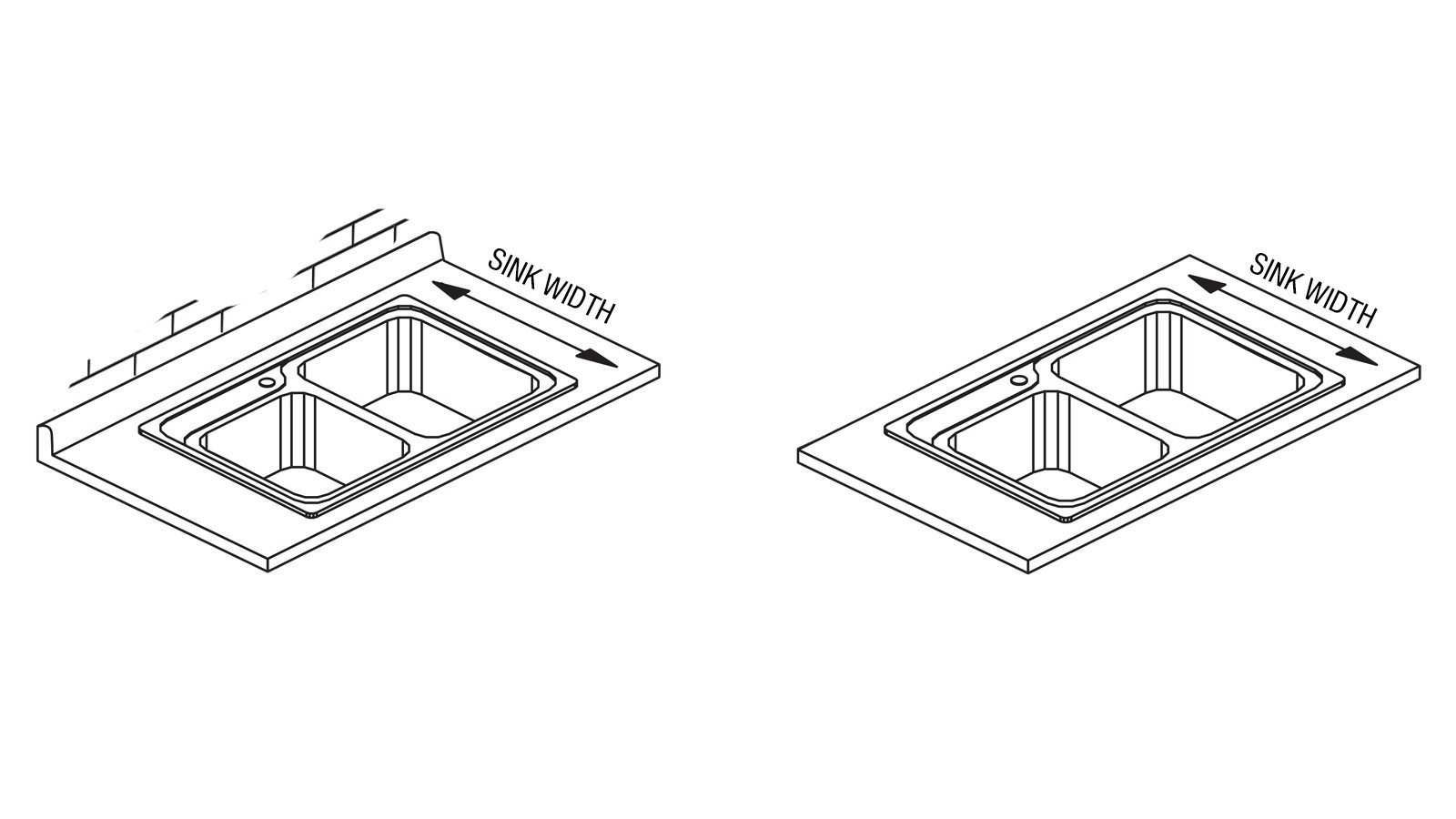




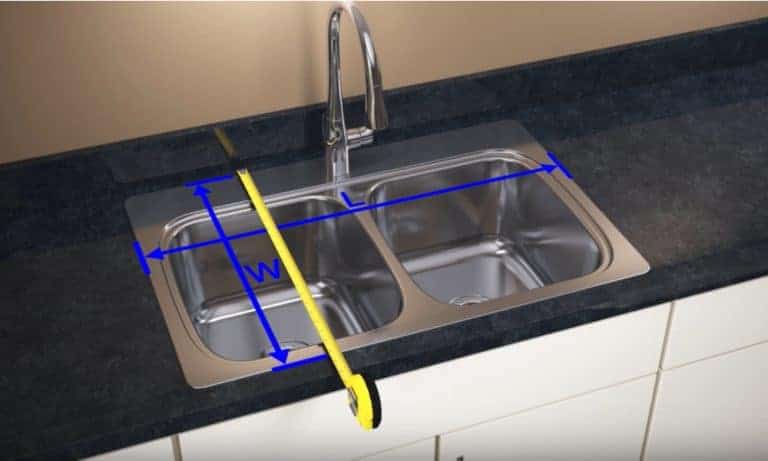













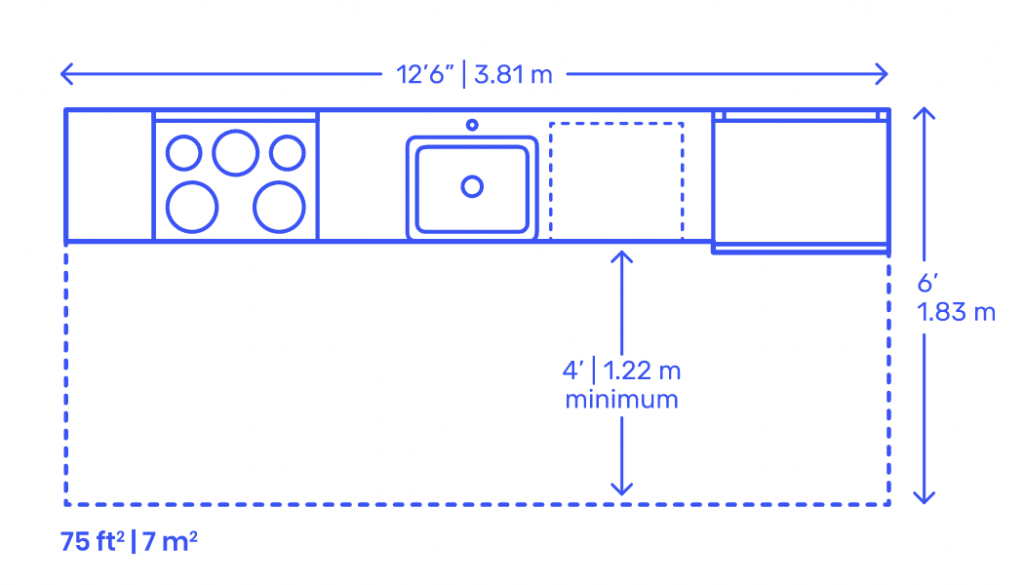





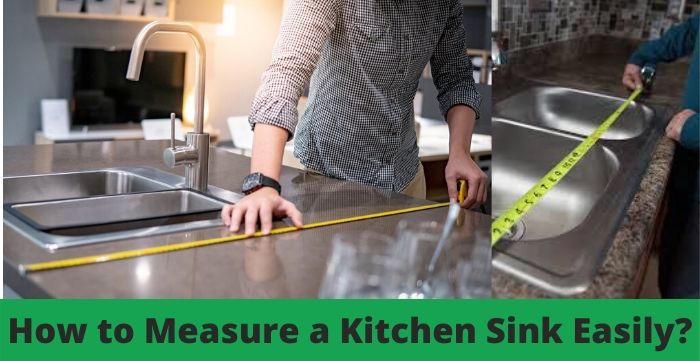





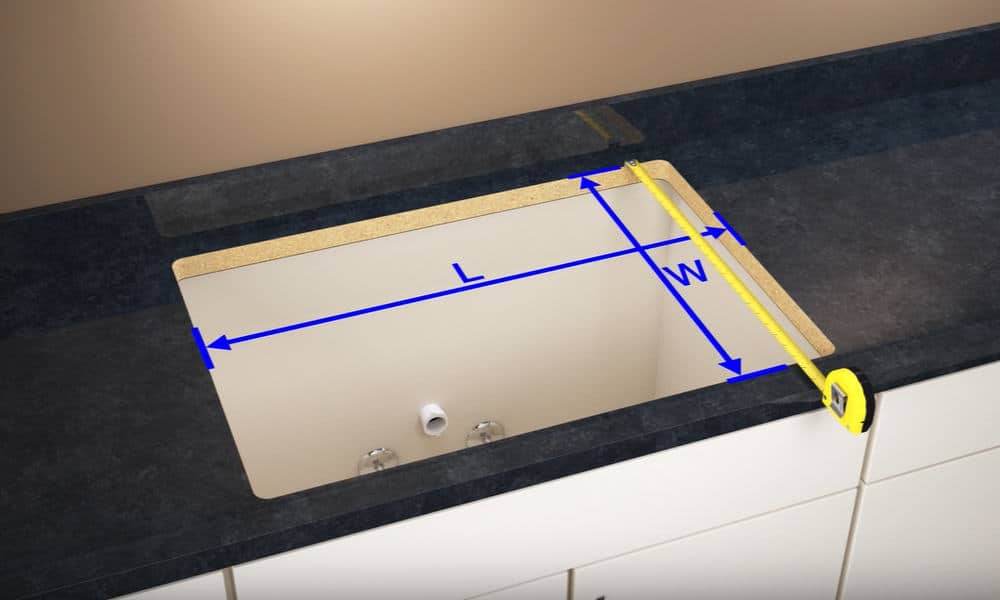







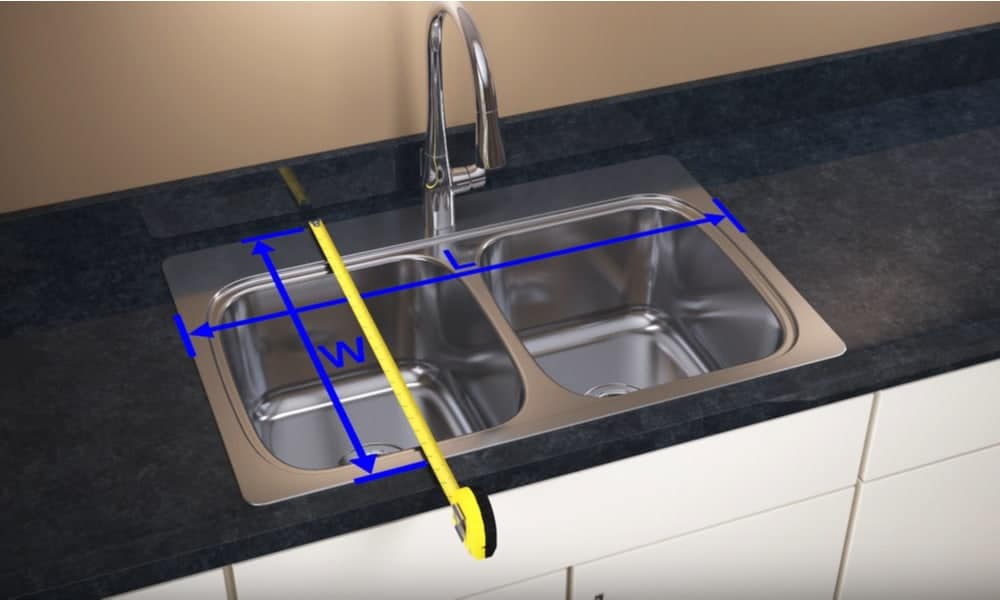





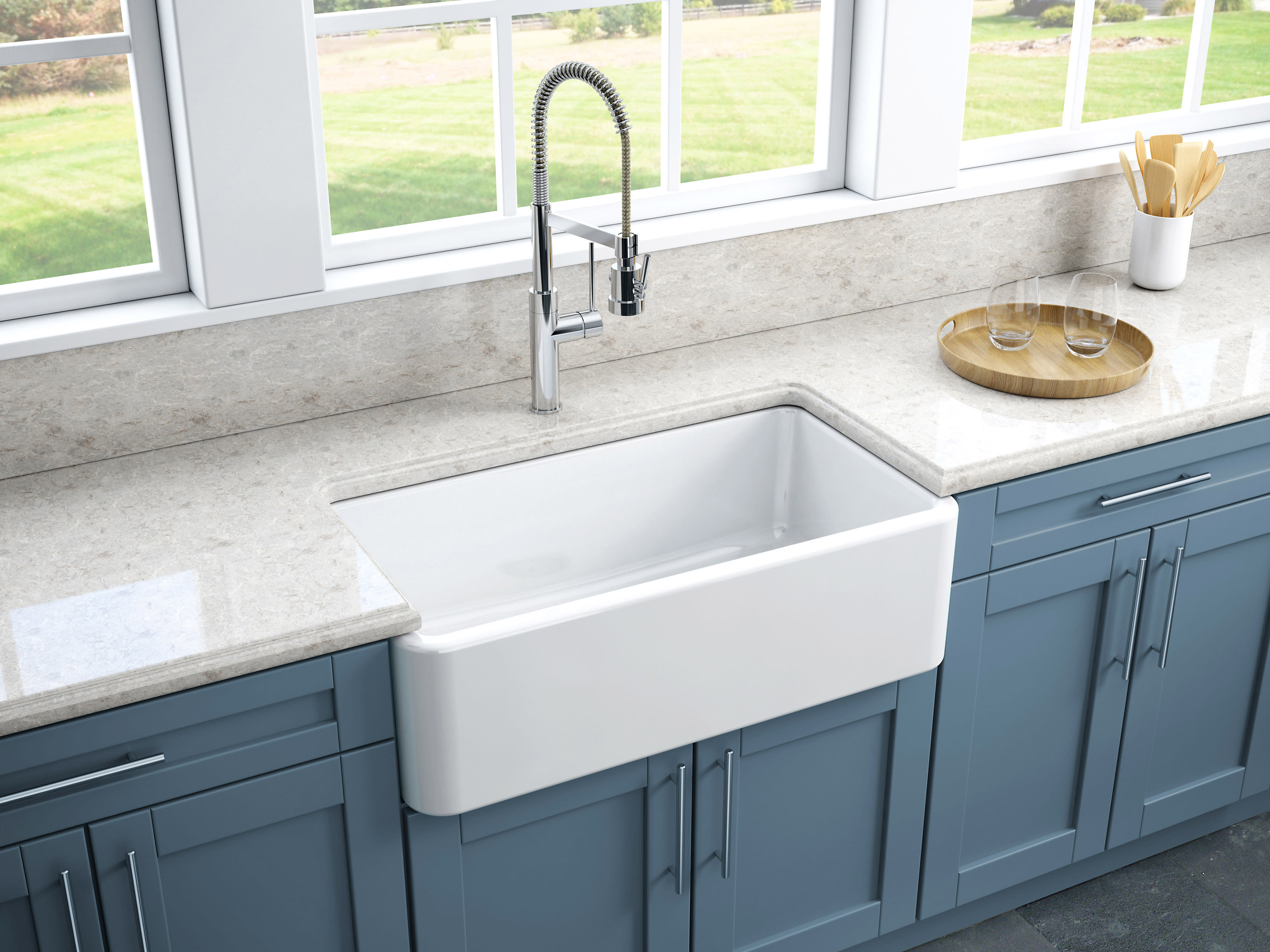







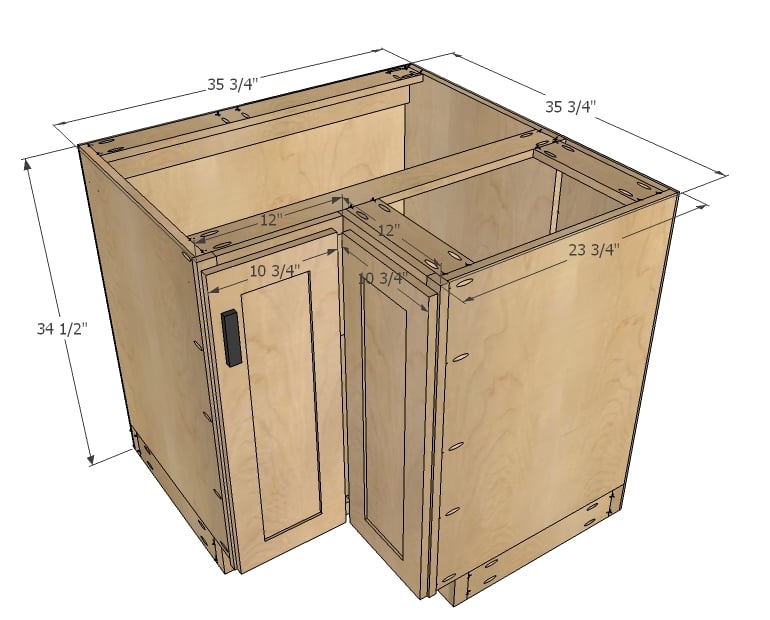






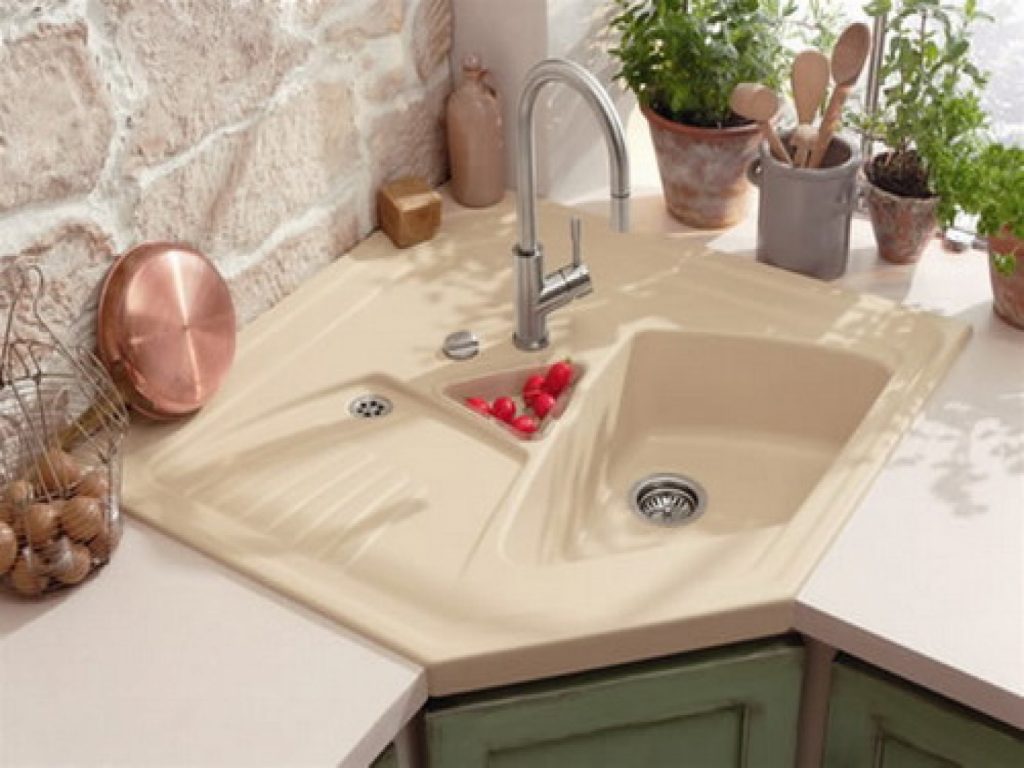

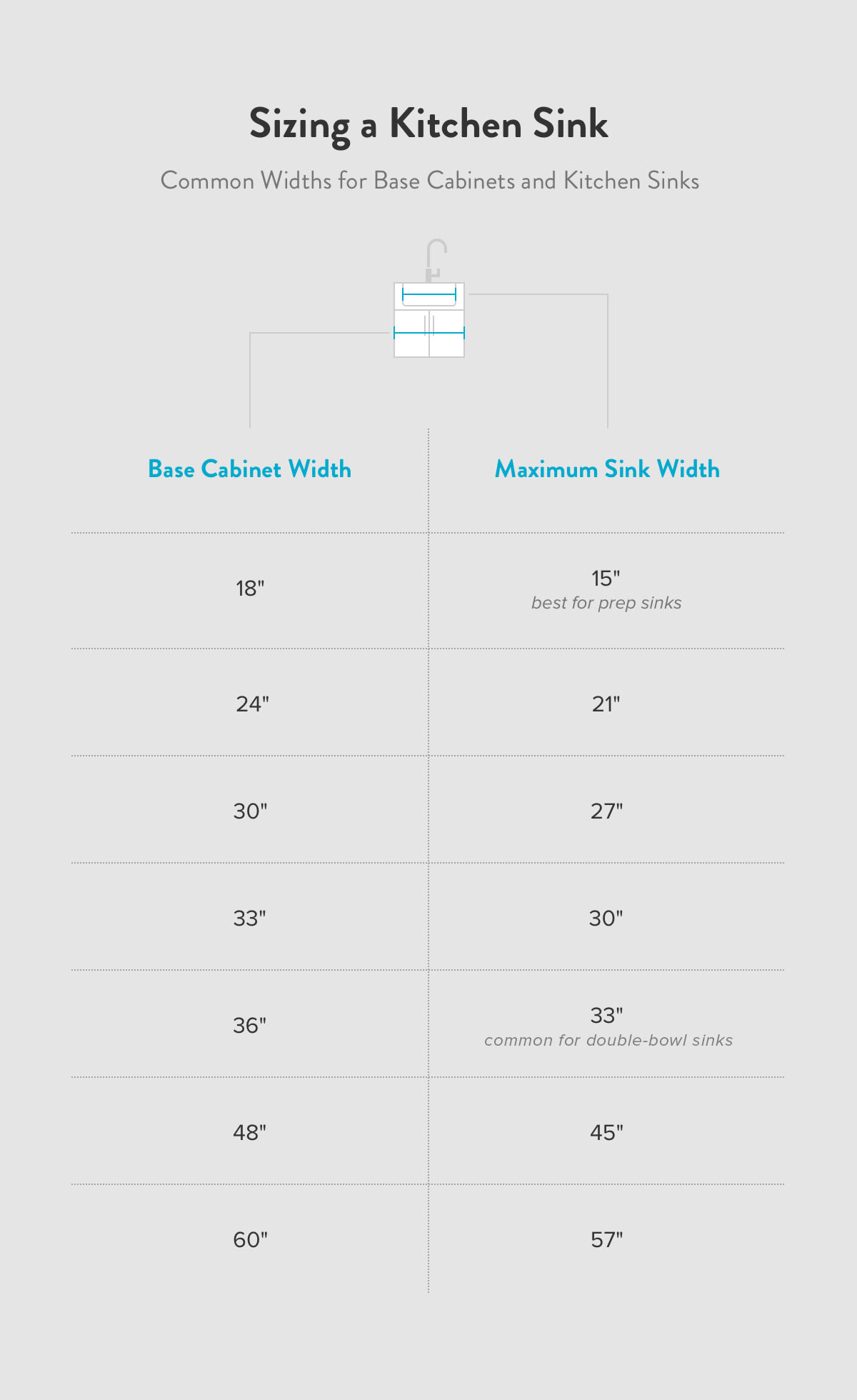


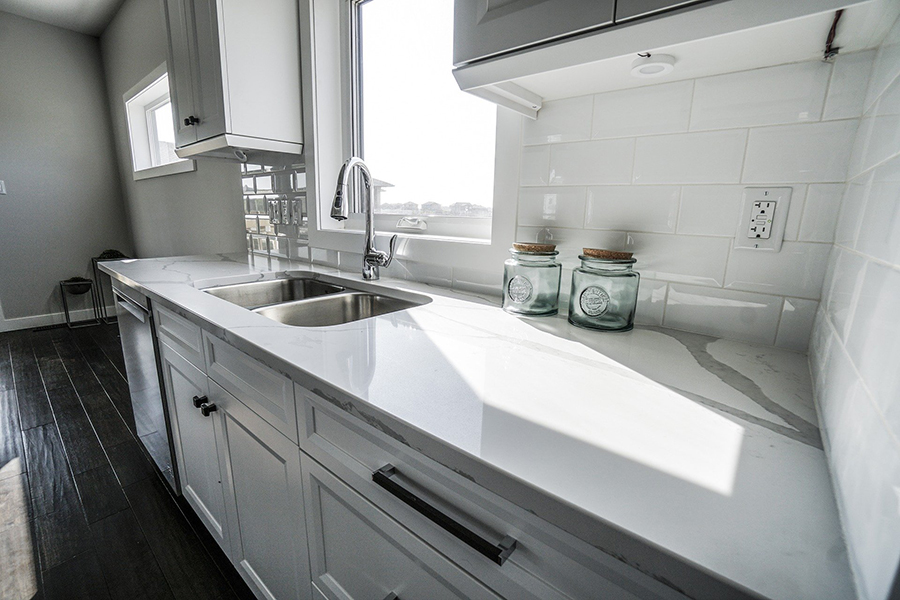

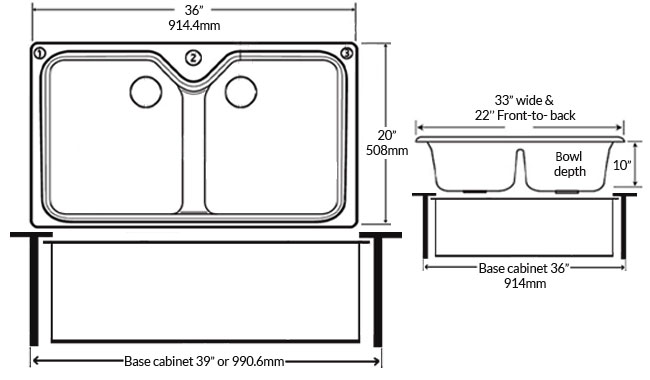
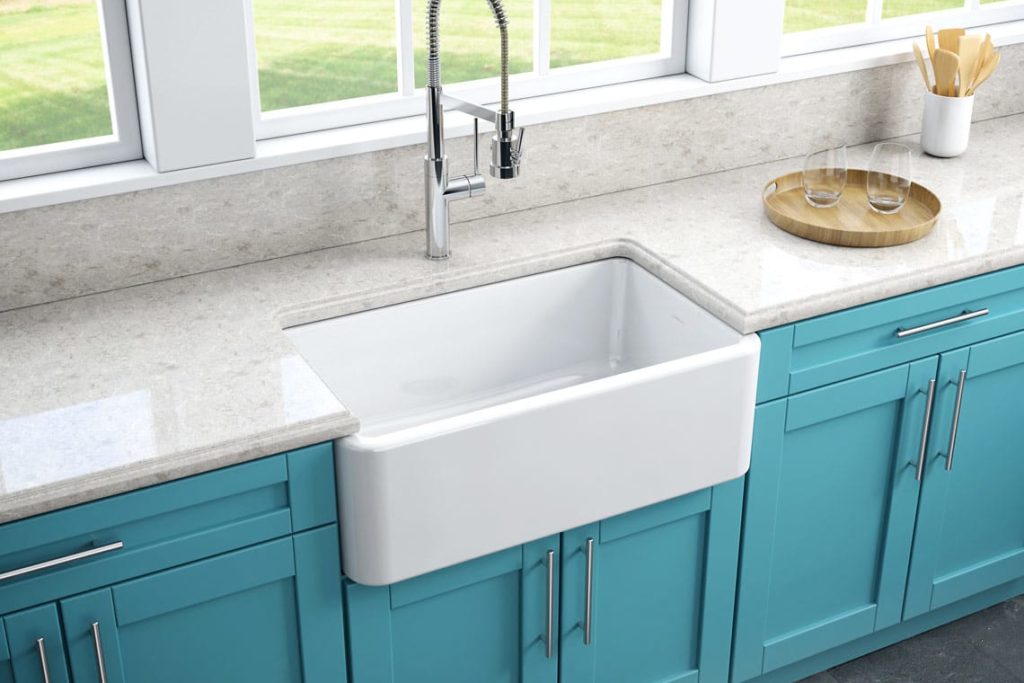


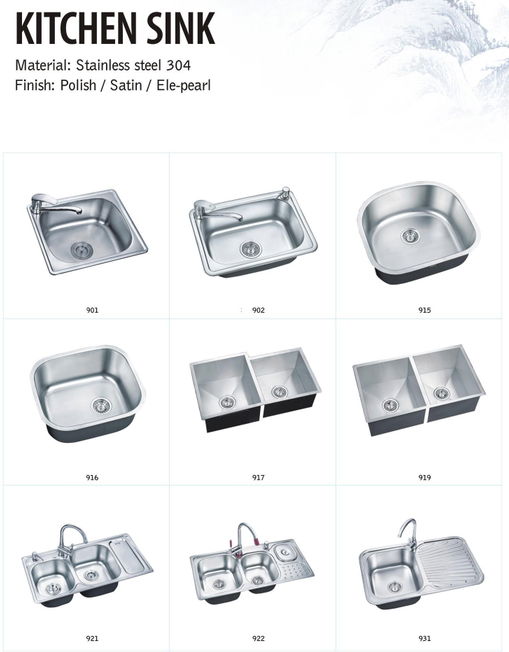


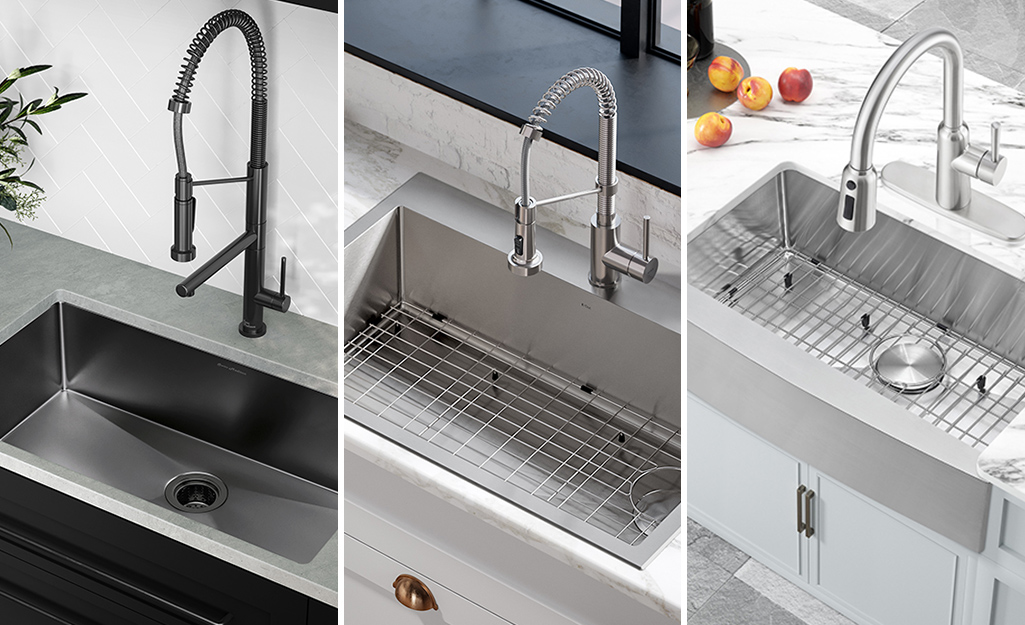






/choose-dining-room-rug-1391112-hero-4206622634654a6287cc0aff928c1fa1.jpg)
